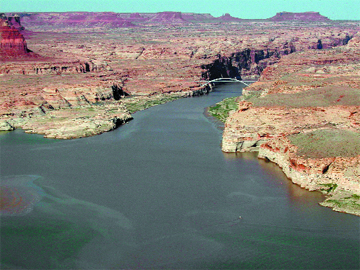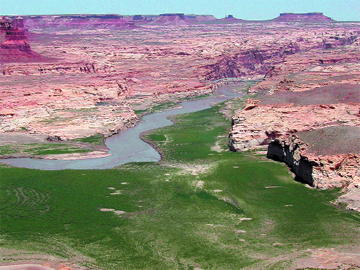 |
Geotimes Home | AGI
Home | Information
Services | Geoscience
Education | Public
Policy | Programs
| Publications |
Careers
©
2025 American Geological Institute. All rights reserved. Any copying, redistribution
or retransmission of any of the contents of this service without the express
written consent of the American Geological Institute is expressly prohibited.
For all electronic copyright requests, visit:
http://www.copyright.com/ccc/do/showConfigurator?WT.mc_id=PubLink |



